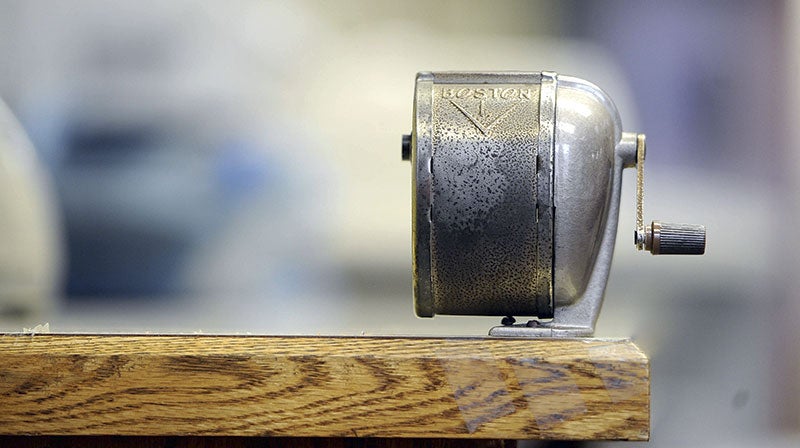Tinkering with Part D a costly plan for seniors
Published 9:59 am Friday, November 4, 2011
By Robert Albee
Guest Column
AARP recently collected more than 48 pages of signatures from Minnesotans worried that debt concerns and budget cuts will jeopardize Medicare. The petition, urging Congress “to leave Medicare and Social Security alone,” has now been signed by 1.6 million Americans nationwide.
The signatories are right to be concerned. Consider Medicare”s prescription drug benefit, known as Part D. Nearly 780,000 residents of Minnesota — 15 percent of the state”s population — rely on the program to keep essential medications affordable and accessible.
There are currently 30 different Part D plans available in Minnesota, some running as little as $15 per month and nearly 40 percent offering a $0 deductible.
These low cost options will cease to be available, however, if the government follows through with the misguided cost-cutting strategies currently under consideration.
Congressmen of both parties and members of the Obama administration have expressed support for imposing mandatory “rebates” on manufacturers of prescription drugs for certain Part D enrollees.
Drug companies will be required to sell their products at artificially low rates, eliminating the unique market-based approach of Part D that has made it such a standout among other government programs. In reality, these would be nothing more than price controls.
Part D has been remarkably successful because it does not impose a one-size-fits all plan on enrollees. Instead, Medicare recipients can choose their own private insurance plan, forcing insurers to negotiate low drug prices and offer reasonable premium rates in order to attract consumers.
The Congressional Budget Office (CBO) estimates average monthly premiums for beneficiaries in 2012 will be just $30, slightly less than average rates in 2011 and significantly less than the CBO”s original projection of $53.
Taxpayers are also reaping the rewards of Part D”s competitive structure. According to the CBO, Part D is costing 41 percent less than originally estimated — equating to savings of $112 billion over the decade.
With affordable premiums and increased access to medications, it”s no surprise that beneficiaries are pleased with their coverage. In fact, 84 percent of seniors reported to Medicare Today that they are satisfied with the Part D program.
What”s more, according to a new study by Harvard Medical School, improved access and adherence to drugs through Part D reduces healthcare spending per patient by approximately 10 percent. Costly in-patient care, often the result of non-adherence to a drug regimen, was reduced the most dramatically.
With Part D, seniors are more likely to stay healthy, and that 10 percent savings from reduced inpatient care means annual savings of $12 billion.
If lawmakers choose to impose rebates and ignore the overwhelming evidence of Part D”s efficiency, these savings will quickly vanish.
Today in Part D, private insurance plans and pharmacy benefit managers negotiate prices directly with pharmaceutical firms, and pass cost savings along to consumers in an effort to make their plans attractive.
If the government forces drug companies to sell their medicines at steep, artificial discounts, private insurers and pharmacy benefit managers could find themselves unable to negotiate the same steep discounts. So premiums could jump in price. In fact, the Congressional Budget Office has estimated that imposing rebates in Part D could increase premium prices by 20 percent!
My organization works to provide information and services to Minnesotans with diabetes. Changes to Medicare Part D would be particularly devastating to these patients.
Minnesotans have declared their support for Part D. Now our elected representatives need to listen. Medicare Part D has more than proven its worth. We must not jeopardize the access and affordability the program provides seniors.
Robert Albee is the CEO of A Partnership Of Diabetics (A-POD), headquartered in Minneapolis


